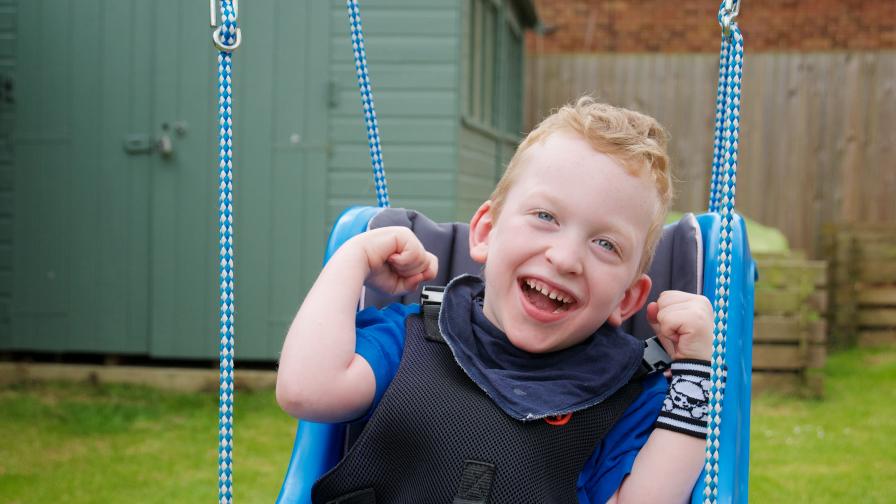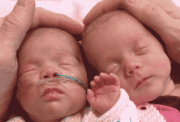
Our brave little boy
Tom was just a baby when he was diagnosed with quadriplegic cerebral palsy.
He finds it extremely hard to control his arms and legs, has a lack of balance and suffers from muscle stiffness and weakness. But he is a brave and funny little boy who does not let cerebral palsy define him.
Previous research
Ways to support our work
Make a Donation
Your donation to Action Medical Research can help save and change children's lives.
Volunteer
Volunteers are the heart of everything we do. Your support in key roles can make a big impact, find out how you can get involved.
Take on a challenge
Take part in a charity event supporting Action, whatever your ambitions, sporting abilities or location.





